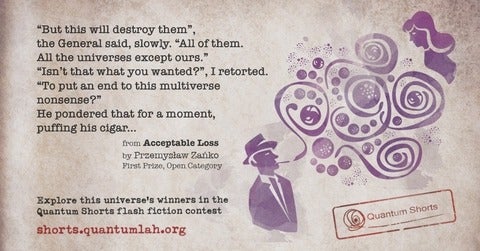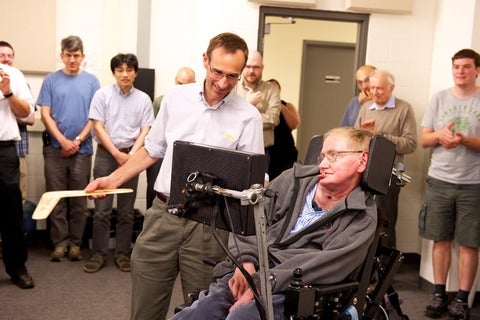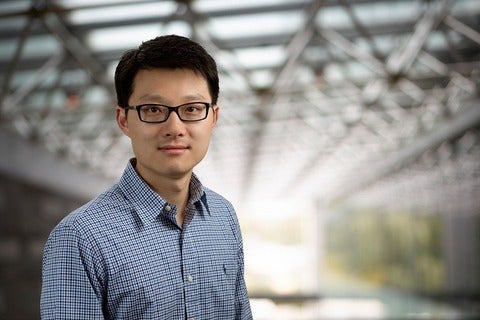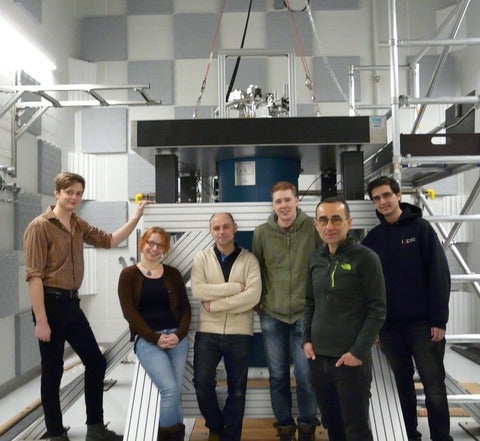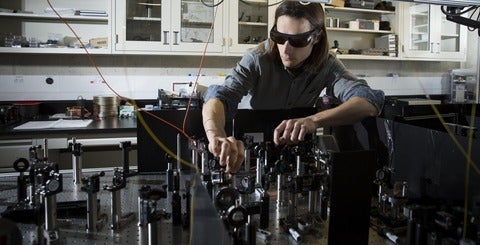The ride of your life: surviving and thriving in the startup world
The concept for his latest startup is something straight out of a superhero movie. Just like Batman used high-frequency sonar signals from millions of cell phones to visualize the location of villains throughout Gotham City in Dark Knight, entrepreneur Taj Manku is developing new software that could soon allow our cell phones to see in the dark.

